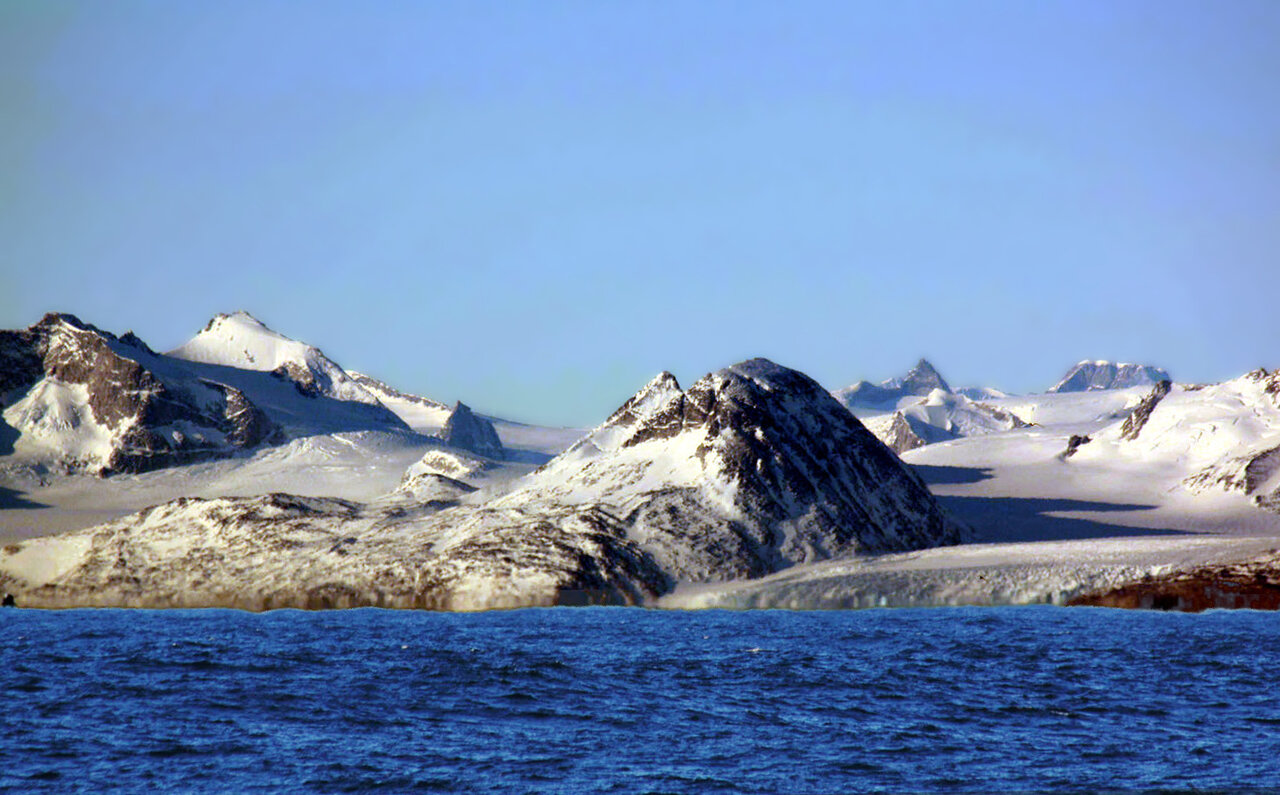Project
Implications of climatic changes on fish stocks and fisheries off East Greenland

Changes in fish distribution and species composition as a result of climatic changes in the East Greenland Ecosystem: implications for fisheries and management
The East Greenland ecosystem has been influenced by warming in the North Atlantic in recent years. As a consequence, there were distinct changes in the distribution and composition of the fish fauna in this area. The aim of this project is to investigate the functional relationships of climatic and biological changes and to estimate their impact on the fish stocks, fishing and fisheries management.
Background and Objective
As a region with adjoining cold and warm water masses, the East Greenland Ecosystem (EGrE) is one of the first to be affected by climatic changes. Several countries have been fishing in the EGrE for decades (e.g. Germany, Greenland, and Norway), primarily for Greenland halibut, cod and redfish. In recent years, new fisheries have been developed following shifts in fish species distribution, and including new and previously unexploited species entering the ecosystem. Predicted large scale hydrodynamic changes induced by changes in climate are expected to affect both vertical and horizontal distribution of fish and marine organisms. Information on the potential impacts of climate change on deep water fisheries is generally lacking, with additional effects of fishing being even more illusive.
“CLIMA” will utilise a wide collection of survey data brought into the project by the partners, providing an outstanding basis for conducting focused studies on target species and their response to variability of climatic change parameters over time. Furthermore, the project will collect new data from ongoing surveys. Studies on potential changes in trophic relationships will give valuable information also on species at lower levels of the system’s food web. In order to make predictions on future food web components and dynamics, long-term analyses will include current as well as historical trophic data and long-term variability in fish abundance to be correlated with relevant climate parameters. This type of meta-data analysis has the potential to improve the baseline for future sustainable management, whilst addressing future challenges of migrating fish stocks (mobile fish stock management). Establishment of such a baseline will contribute to transparent and robust management to support fisheries, processing industries and export/marketing forces.
Target Group
Science, Fisheries and Politics
Approach
Workpackages (WP):
- WP1: WP1 Distribution of key species in the East Greenland ecosystem – Do distributions vary over time?
- WP2: Climatic conditions and their variability since 1982
- WP3: Trophic relations: Prey items as indicators for changes in the environment and water masses
- WP4: The marine ecosystem – Simulating and modeling
- WP5: Linking marine fauna and climate: ecosystem robustness, management implications
- WP6: Management implications of climatic changes in the marine environment
- WP7: In depth studies on key species: Greenland halibut
- WP8: Generic dissemination and reporting
Our Research Questions
- Which climatic changes took place off East Greenland in the last few decades?
- How have the climatic changes influenced the fish fauna and fisheries off East Greenland?
- How does the ecosystem and fisheries adapt to climatic changes?
Thünen-Contact

Involved Thünen-Partners
Involved external Thünen-Partners
-
Møreforsking AS
(Ålesund, Norwegen) -
Greenland Institute of Natural Resources (GINR)
(Nuuk, Grönland) - Institute of Marine Research (IMR) / Havforskningsinstituttet (HI)
(Bergen, Tromsø, Norwegen) -
Marine Research Institute (MRI)
(Reykjavík, Island)
Duration
11.2015 - 11.2019
More Information
Project funding number: Norwegian Ministry of Foreign Affairs, "Arctic 2030" Programme
Project status:
finished
Publications
- 0
Emblemsvåg M, Werner K-M, Núñez-Riboni I, Frelat R, Christensen HT, Fock HO, Primicerio R (2022) Deep demersal fish communities respond rapidly to warming in a frontal region between Arctic and Atlantic waters. Global Change Biol 28(9):2979-2990, DOI:10.1111/gcb.16113
- 1
Post SL, Werner K-M, Núñez-Riboni I, Chafik L, Hatun H, Jansen T (2021) Subpolar gyre and temperature drive boreal fish abundance in Greenland waters. Fish Fisheries 22(1):161-174, DOI:10.1111/faf.12512
- 2
Stoltenberg I, Werner K-M, Ismar-Rebitz SMH, Fock HO (2021) Trophic niche variability influences body condition of female Atlantic cod (Gadus morhua) on organosomatic and biochemical levels. Fish Res 239:105921, DOI:10.1016/j.fishres.2021.105921
- 3
Emblemsvåg M, Núñez-Riboni I, Christensen HT, Nogueira A, Gundersen AC, Primicerio R (2020) Increasing temperatures, diversity loss and reorganization of deep-sea fish communities east of Greenland. Mar Ecol Progr Ser 654:127-141, DOI:10.3354/meps13495
- 4
Sguotti C, Otto SA, Cormon X, Werner K-M, Deyle E, Sugihara G, Möllmann C (2020) Non-linearity in stock-recruitment relationships of Atlantic cod: insights from a multi-model approach. ICES J Mar Sci 77(4):1492-1502, DOI:10.1093/icesjms/fsz113
- 5
Werner K-M, Taylor MH, Diekmann R, Lloret J, Möllmann C, Primicerio R, Fock HO (2019) Evidence for limited adaptive responsiveness to large-scale spatial variation of habitat quality. Mar Ecol Progr Ser 629:179-191, DOI:10.3354/meps13120

![[Translate to English:] [Translate to English:]](/media/_processed_/7/1/csm_IMG_7977_large_1defaf5de1.jpg)






